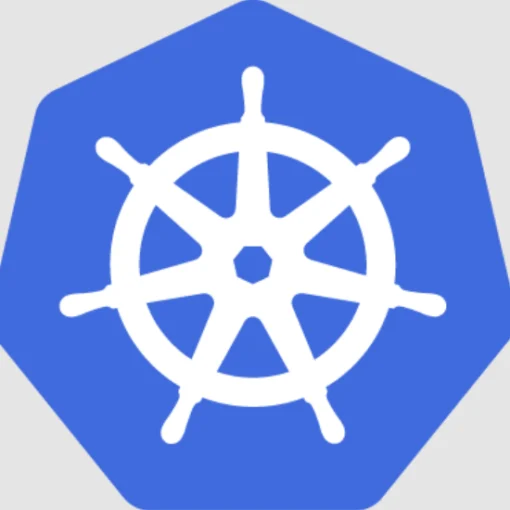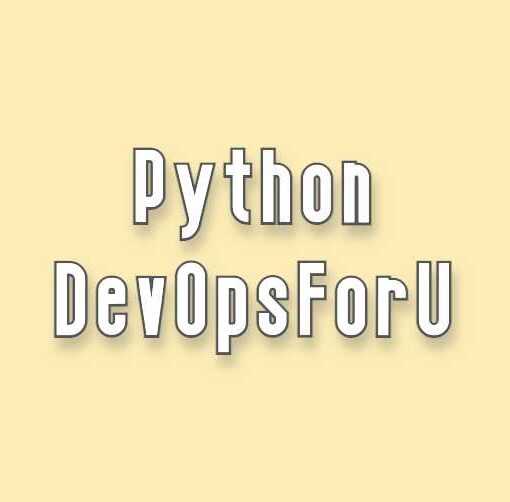
Security and vulnerability scanning tools are necessary requirements for every organization due to the increasing trend of security attacks.
Here is a list of top vulnerability scanning tools:
1. Trivy
Trivy is a simple and comprehensive vulnerability scanner for containers and other lightweight environments, developed by Aqua Security. It can detect vulnerabilities in various package managers (e.g. apt, yum, zypper, etc.) and languages (e.g. Ruby, Python, Node.js, etc.).
Trivy features
- Multi-platform: supports multiple operating systems such as Linux, Windows, and macOS
- Lightweight: uses minimal system resources, making it suitable for use in CI/CD pipelines and embedded devices
- Fast: scans for vulnerabilities in seconds and updates its database frequently for the latest security information.
- Integrates with popular DevOps tools: compatible with various tools like Docker, Kubernetes, GitHub Actions, CircleCI, TravisCI and more.
- Easy to use: has a user-friendly interface and can be run from the command line or as a library in your own code.
2. OpenVAS
OpenVAS (Open Vulnerability Assessment System) is an open-source vulnerability scanning and management tool. It performs network security assessments to identify vulnerabilities, configuration issues, and malware on various systems and applications.
OpenVAS features
- Comprehensive scanning: covers a wide range of security threats, including OS and application vulnerabilities, malware detection, and weak passwords.
- Scalable: supports large-scale network scanning, with the ability to manage multiple scanning tasks simultaneously.
- Customizable: allows users to create and manage custom security checks and plugins.
- Integration: supports integration with other security tools, such as ticketing systems and reporting tools.
- User-friendly: provides a web-based user interface for managing scans, viewing results, and generating reports.
3. Clair
Clair is an open-source vulnerability scanning tool for Docker containers and their host systems. It identifies and prioritizes vulnerabilities in your container images and enables you to take action to secure your environment.
Clair features
- Image-based scanning: analyzes the contents of container images to detect vulnerabilities and misconfigurations.
- Database of vulnerabilities: uses a large database of vulnerabilities, updated regularly, to accurately identify security risks.
- Continuous integration: integrates with CI/CD pipelines to perform security scans as part of the build process.
- Customizable: allows users to add their own custom checks and update the vulnerability database.
- Integration with Kubernetes: provides integration with Kubernetes to scan containers and images deployed in a cluster.
- REST API: provides a REST API for integrating Clair into your own security tools and workflows.
4. Anchore
Anchore is an open-source tool for analyzing and verifying the security of Docker containers and images. It helps organizations identify and manage vulnerabilities, and to enforce security policies in their container environments.
Anchore features
- Image analysis: performs a deep analysis of container images to identify and prioritize vulnerabilities, configuration issues, and other security risks.
- Compliance checks: enables users to define and enforce custom security policies, such as specific version requirements for packages and software components.
- Continuous integration: integrates with CI/CD pipelines to perform security scans as part of the build process.
- Policy management: provides a centralized policy management system, making it easy to maintain and update security policies across multiple teams and projects.
- User-friendly interface: provides a web-based user interface for managing scans, viewing results, and generating reports.
- REST API: provides a REST API for integrating Anchore into your own security tools and workflows.
5. Sqlmap
Sqlmap is an open-source tool for automating the detection and exploitation of SQL injection vulnerabilities. It can identify and exploit SQL injection vulnerabilities in web applications, extract sensitive data from databases, and perform various other attacks.
Sqlmap features
- Automated detection: can automatically detect and exploit SQL injection vulnerabilities in web applications.
- Database fingerprinting: can identify the underlying database management system (DBMS) and its version.
- Data extraction: can extract data from databases, including sensitive information such as user names and passwords.
- Database management: can perform various database management tasks, such as listing tables, columns, and data.
- Supporting multiple databases: supports multiple database management systems, including MySQL, Oracle, Microsoft SQL Server, and PostgreSQL.
- Command-line interface: provides a command-line interface for use in automated testing and integration with other tools.
6. OnSecurity
OnSecurity is a cloud-based vulnerability scanner that provides security assessments and remediation guidance for organizations. It can scan web applications, networks, and containers to identify and prioritize vulnerabilities, configuration issues, and other security risks.
OnSecurity features
- Comprehensive scanning: covers a wide range of security threats, including OS and application vulnerabilities, misconfigurations, and compliance issues.
- Cloud-based: provides a cloud-based platform for performing scans and managing results, with no need to install or maintain software on-premises.
- Easy to use: provides a user-friendly interface for managing scans, viewing results, and generating reports.
- Integration: supports integration with other security tools, such as ticketing systems and reporting tools.
- Continuous monitoring: provides continuous monitoring and reporting of security threats, helping organizations to stay ahead of potential threats.
In conclusion, selecting the right vulnerability scanning tool is crucial for ensuring the security of your organization’s systems and networks. Consider the factors listed above and evaluate a few options to determine the best tool for your needs. Ensure that the tool fits well into your existing security infrastructure and provides the accuracy, coverage, and ease of use you need to effectively manage and mitigate vulnerabilities.
Here are some factors to consider when choosing a vulnerability scanning tool:
- Accuracy and completeness of scans
- Coverage of known vulnerabilities and ability to detect zero-day exploits
- Ease of use and integration with existing systems and workflows
- Reporting capabilities and customization options
- Scalability for large and complex environments
- Cost and licensing options
- Technical support and resources offered by the vendor
- Integration with other security tools (e.g. SIEM, firewalls, etc.)
This article is created based on experience but If you discover any corrections or enhancements, please write a comment in the comment section or email us at contribute@devopsforu.com. You can also reach out to us from Contact-Us Page.
Follow us on LinkedIn for updates!





